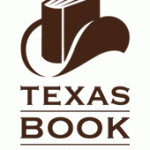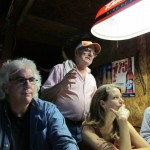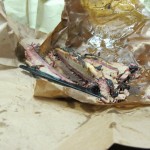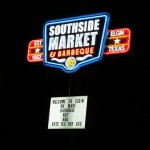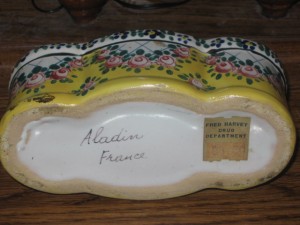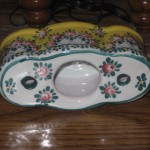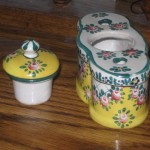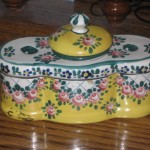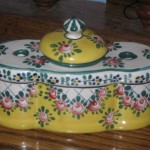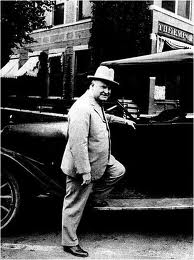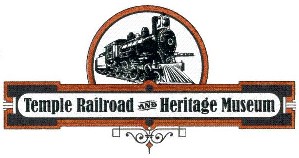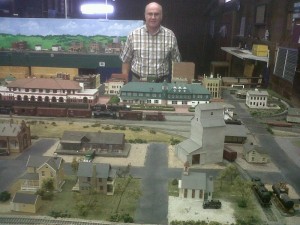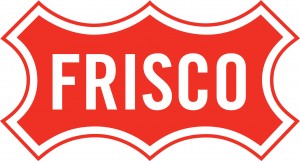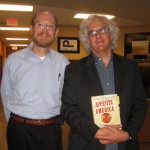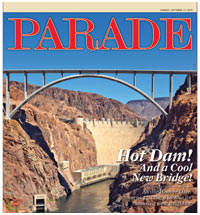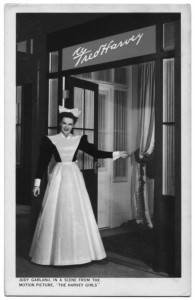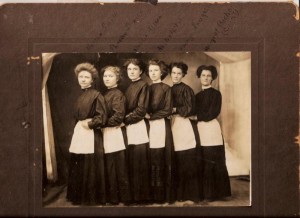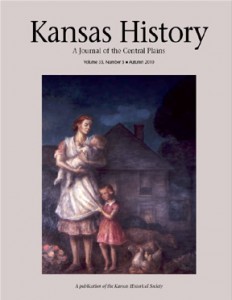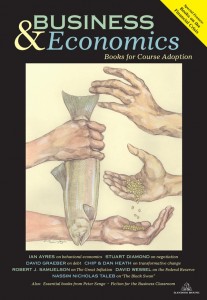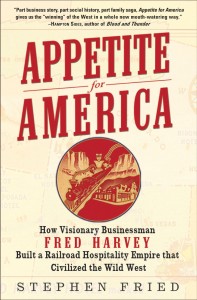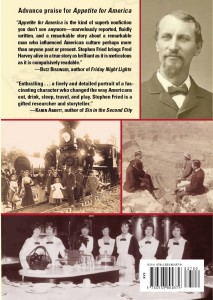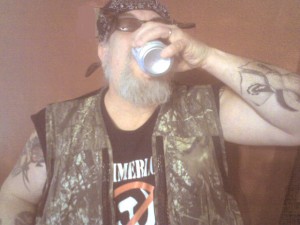Spent a glorious weekend in Austin at my first Texas Book Festival. I was there to do a panel with historian Walter Borneman, whose book Rival Rails tells the trainiac drama of the battle between the Santa Fe and the other major roads fighting to be the dominant route to Southern California (luckily for Fred, and me, the Santa Fe won).
It was great meeting Walter and his wife and the panel was great fun–thanks to Kip Stratton for moderating, and the entire food-writing staff from the Austin Chronicle for moral support and good audience participation. (I suspect Walter and I will be empaneled again–we’re very exciteable on issues of rail and Harvey history.) But the weekend was also a social-literary whirl, and a bit of a food orgy.
Much of this is the fault of Randall Lane from the Daily Beast, a pal of mine from Penn (whose first book The Zeroes, is a terrific birds-eye view of the guys who sucked the life out of our economy). He and I bunked together at the lovely La Quinta, and he let me tag along as he urged a bunch of his Beast writers further, ever further, in search of the most indulgent local cuisine. We did a pilgrimage through the barbecue belt in Taylor, etc, ending up in a dance hall in Coupland on Friday night eating our third round of sausages. (Thanks to Richard Rushfield for the magical meat tour photos) Sunday morning Randall and I also discovered the many joys of Migas at Cisco’s (on the kind recommendation of MM Pack at the chronicle, yum.)
Saturday night after the gala author cocktail party, went to Jeffrey’s with my Santa Fe friends Hampton and Anne Sides, and a group they knew, including Douglas Brinkley and his wife, Jonathan Alter and James Swanson. Great conversation and great food (although we didn’t sit down to dinner until 11, probably the latest I ever started dinner–but the fried oysters they sent to the table for starters made us immediately forget the hour.) Also got a chance to reconnect during the weekend with Jon Eig from Chicago and Glenn Frankel, a former editor of mine at the Post now running the UT Journalism school. (If you get a chance, watch the CSpan Book TV broadcasts of the back-to-back panels on sunday morning: Hampton, Jon and James talking about manhunts, and then Jonathan and two other writers doing a great analysis of Obama’s first year.)
Met a lot of Fredheads in Austin, and hopefully created some new ones. As the festival winded down sunday afternoon, I drove back to Dallas to fly to Oklahoma City, to begin my journey to the fabled Harvey museum in Waynoka. Stay tuned…
